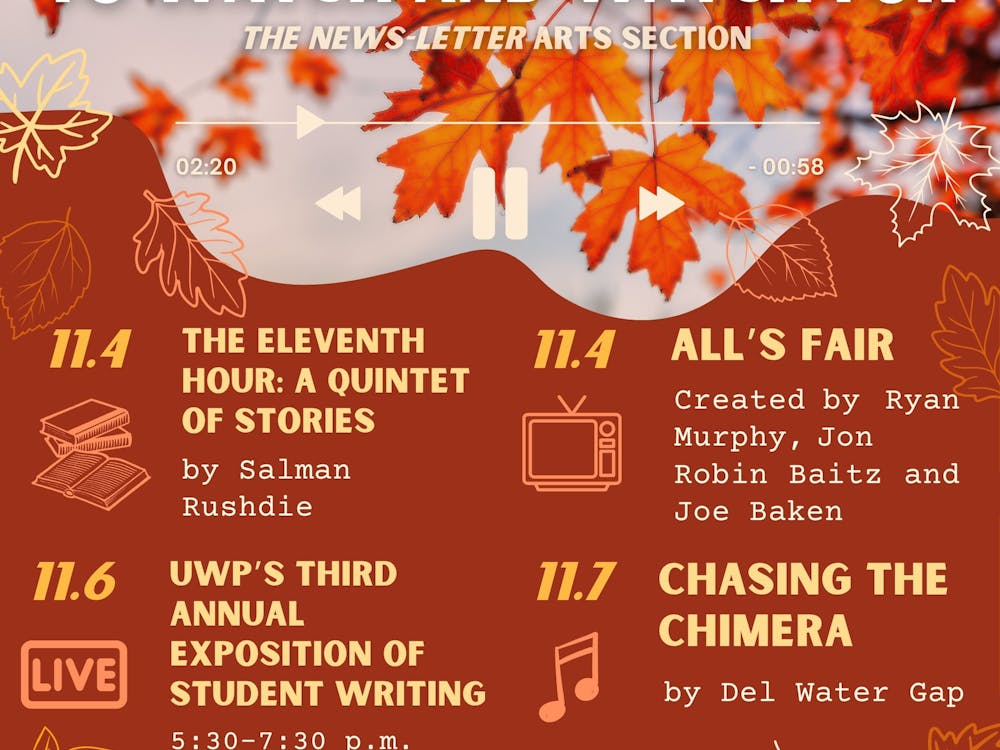It’s really hard to get a sequel right. At best, they build upon the themes of the original piece and give audiences a chance to reconnect with beloved characters. At worst, they come across as meaningless cash grabs that can tarnish any good will earned by their predecessor.
Unfortunately, Maleficent: Mistress of Evil falls into the latter category. Although the attempt to look past “happily ever after” might have been a fun follow-up to their re-imagining of Sleeping Beauty, the filmmakers fail to create anything substantial with their creative freedom. Instead, the film wastes the performances of its talented cast on a muddled and lifeless narrative that fails to justify its existence at every turn.
Mistress of Evil picks up five years after Maleficent (Angelina Jolie) saves Princess Aurora (Elle Fanning) from the sleeping curse that was placed on the princess at birth. When Aurora and Prince Philip (Harris Dickinson) announce their engagement, it seems to herald peace between humanity and the fairies under Maleficent’s protection. However, not all wish for peace, and the relationship between Aurora and Maleficent is tested as tensions flame between the two species.
I’ll start with the biggest offender — the film’s narrative was a mess. Storylines were introduced and then almost immediately forgotten, which undermined any emotional impact that those scenes might have had. Every scene felt like it had been stripped to the bare minimum, as if the filmmakers had to cut out all of the nonessential bits at the last minute.
The characters weren’t given the opportunity to interact or develop in a realistic manner; instead, all of the character development seemed to happen because the narrative required it, not because it was organic or interesting.
As a result, none of the characters felt relatable because the film never bothered to explain anything about them or their thought processes. There were gaping holes in the backstory that made the whole thing even more unintelligible. At the start of the movie, Aurora and Maleficent appeared to have grown apart from one another, but the filmmakers didn’t show how that split happened, which made it near impossible to care about that conflict.
Despite feeling so rushed, the movie was full of filler content that could have easily been cut in order to give the rest of the plot more space to breathe (I’m looking at you, adorable animal sidekick that took up way too much of the film’s runtime).
The film also oddly separates Maleficent and Aurora for most of the narrative, which made it difficult for the film to establish an emotional core. The relationship between the “evil” fairy and the girl that she cursed was probably the best part of the first movie, and the fact that it got pushed to the side was disappointing.
None of the other narratives had the same level of emotional impact — in part because the characters were never given the opportunity to interact with one another — and I think it is telling that the film’s best scenes occurred when Aurora and Maleficent were given the opportunity to talk with one another.
Mistress of Evil also suffered from tonal issues because it struggled to balance its dark fantasy elements with its fairy tale roots. There’s understandably a disconnect between those two aesthetics, and the film was unable to reconcile them effectively.
The issues were most pronounced in the film’s climax, which centers on a massive battle between the human kingdom and a fairy army. The vast majority of the scenes in the climax were played completely straight; the conflict was depicted horrifically, and a lot of emphasis was placed on the loss of life and the protagonists’ attempts to stop further bloodshed.
Once that conflict was resolved, however, the movie immediately shifted into comedy, without even a moment for the surviving characters to mourn the dead. It was incredibly jarring, and the movie felt a lot more childish as a result.
Unfortunately, the overall narrative weakness made it difficult for any of the performances to really feel impactful. Jolie’s Maleficent was still as gothic as ever, even if she wasn’t given any opportunity to show the character’s softer, more humorous side from the first film.
Fanning also did fairly well with what she was given, bringing a stronger sense of agency to a character who is best known for falling asleep.
The definite star of the cast, however, was Michelle Pfeiffer as Queen Ingris. From the second that she stepped onto screen, Pfeiffer radiated menace and cold certainty in the actions that her character took. Even though she was a fairly one-note villain, Pfeiffer ran away with the role, and it was hard not to enjoy her character’s descent into (open) villainy.
All in all, Mistress of Evil completely failed to build on any of the strengths of its predecessor. The narrative was underwhelming and disappointing, and it drew focus away from the emotionally evocative aspects of its version of Sleeping Beauty in favor of uninteresting plot developments.
Even the most hardcore Disney fans probably don’t need to add this one to their watch list.




